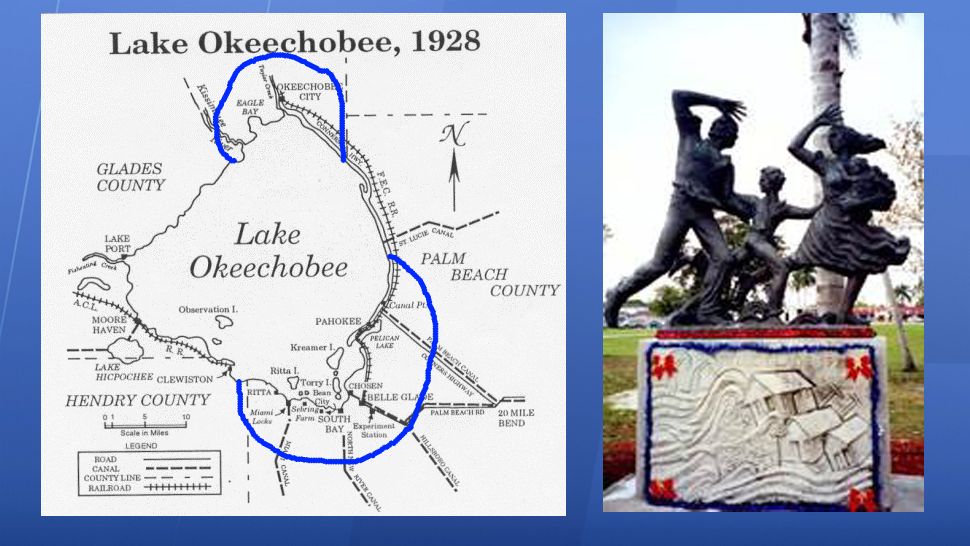ST. PETERSBURG, Fla. — Last weekend was the 90th Anniversary of the deadliest hurricane to ever hit Florida.
The 1928 Lake Okeechobee hurricane was a classic Cape Verde hurricane that hit at the peak of the season.
There was no satellite, no radar and no reconnaissance planes in the late 1920s. It was also a bad time for hurricanes in Florida, with the Tampa Bay Hurricane hitting in 1921, the Great Miami Hurricane in 1926 and the Labor Day Hurricane hitting the Florida Keys as a Category 5 in 1935.
The Lake Okeechobee hurricane first struck the island of Guadeloupe with no warning, leaving behind a death toll of 1,200.
Then a couple of days later, Puerto Rico was hit by the same hurricane, increased in strength to a Category 5. It left 312 people dead, and the island’s coffee industry never recovered.
The track then took the massive storm through the Turks and Caicos islands and then the Bahamas. But with advanced warning, casualties on those islands were low.
Finally, the hurricane turned into Florida’s coast. On the evening of Sept. 16, 1928, the eye went over West Palm Beach.
As the hurricane moved inland, it went right over large and shallow Lake Okeechobee. The immediate wind shift caused the lake to slosh and push an incredible surge over the poorly built dikes south of the lake.
The water then sloshed in the other direction like in a bath tub and pushed over the northern dikes of the lake.
The death toll left behind by the storm was set in excess of 2,500. This tragedy caused the government to build a new, larger dike around the lake.
Many who died were never identified. Today, those who were lost are memorialized with a statue that stands in Belle Glade, and a historical marker installed in 2003 to mark the 1928 Hurricane Mass Burial site in West Palm Beach.
The mass burial site is also listed in the United States National Register of Historic Places.



